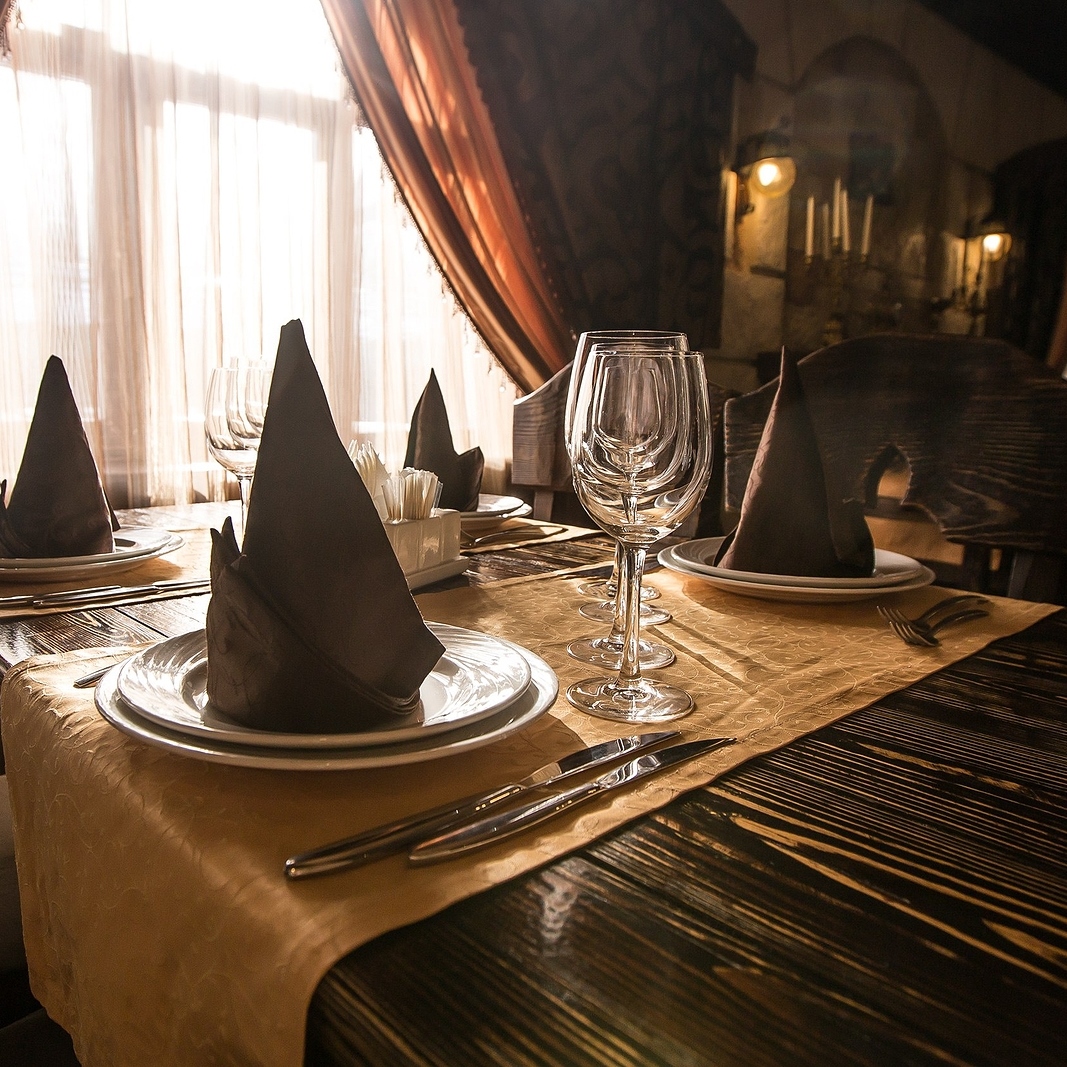Long before the first dish comes, every unforgettable meal starts. It all starts in a studio, where craftsmen form wood, metal, and cloth into furniture that gives a restaurant its personality. Their work brings spaces to life by turning ordinary materials into works of art that show attention and ingenuity.
In a world that values speed and automation, handmade design shines out because it is warm and real. People may not notice every little thing, but they can sense it. The smoothness of polished premium restaurant table tops, the comfort of a commercial-grade chair that is precisely balanced, and the attention that goes into every choice.
Creative workmanship doesn't just make furniture; it makes people feel things. Every handmade object has the mark of the person who made it, which gives the space a real and living feel. In dining rooms that are works of art, every table has a narrative to tell, and every chair has a memory waiting to be made.
A Return to Handcrafted Authenticity
Furniture that has the mark of its maker is exceptional in some way. Hand-finished surfaces, small differences in texture, and small flaws all give things their own character. People who own restaurants are realizing again that authenticity sells, not because it looks flawless, but because it feels real.
Guests notice how warm the real wood tables are and how smooth the seats are because they were sculpted, not stamped, into shape. This return to workmanship gives every dining room a sense of life.
The Bridge Between Art and Utility
Good design, and also luxurious design, is not only about appearance; it is about experience. A beautifully crafted table top must also endure countless meals, spills, and celebrations. The best artisans understand this balance. They blend materials that appeal to the eye with durability that stands up to commercial use. Restaurant furniture built by creative craftsmen carries both beauty and purpose, showing that function and art can live comfortably side by side.
Craftsmanship as a Storytelling Element
Every detail in a restaurant can speak. The grain of oak, the cool feel of marble, the stitching on leather seating. All of these textures tell guests something about the brand. A restaurant that values handmade furniture communicates a message of care, patience, and respect for tradition. It tells diners that every aspect of their experience has been considered, from the recipes to the seat they settle into.
Modern Materials with a Human Touch
Technology and tradition are no longer enemies. Many modern artisans use digital technologies to help them with their work, not to replace it. Computer-aided designs are precise, but the artisan's touch adds warmth and personality. A digital model may be the first step in making a table, but the beauty comes from the person who sands the edges smooth. This mix of new ideas and gut feelings keeps design fresh while staying true to itself.
The Influence of Local Makers
Locally crafted furniture has become a defining feature of modern restaurants. Supporting nearby studios and carpenters adds community value, but it also gives spaces a distinct identity. Each region has its own design language.
Italian craftsmanship celebrates sleek elegance, while British artisans often favor sturdy tradition. When a restaurant chooses local makers, it becomes part of that cultural narrative, enriching its story and strengthening local pride.
Small Details, Big Impact
A simple touch can sometimes grab people's attention, like metal rivets on a bar stool, hand-woven cane on a chair back, or personalized engraving on a restaurant table top. These small acts make a normal place stand out in your memory. They also give guests a way to connect. In a world when everything is created in bulk, the smallest handcrafted part feels like a personal touch, like the maker's secret signature.
Designing Emotion into Dining
A handcrafted interior does more than impress the eye. It shapes how people feel. Guests linger longer when the space feels comfortable and meaningful. The tactile beauty of natural materials invites them to slow down and appreciate the moment.
When design triggers emotion, dining transforms from a routine act into an experience. That emotional connection is what keeps guests returning again and again.
Creative Craftsmanship as a Brand Identity
Restaurants that invest in custom-made furniture often stand out effortlessly. A row of sculpted bar stools or uniquely patterned booths becomes an extension of the brand. This kind of design language is subtle yet powerful. It whispers sophistication, creativity, and care without needing words. For many businesses, that visual identity is worth more than any advertising campaign.
Artisans of Atmosphere
The people who build it shape every outstanding dining space. When craftsmanship is important, furniture is more than just decoration. It becomes the restaurant's heart. Guests may tell that attention has gone into every part of the area by the artistry of a well-made chair or the feel of a handmade restaurant table.
Creative craftsmanship takes meals from average to amazing. It gives design more emotional depth by converting materials into memories and objects into stories. Guests may not always realize why a room seems special, but they may experience it in the little things. The smooth wood under their palms, the balance of a well-made table, and the comfort of a seat that was carefully upholstered.
Handmade furniture teaches the world that beauty takes time, even though speed often beats expertise. Artisans bring life to hospitality, showing that the dining experience starts with the maker, not the food.
